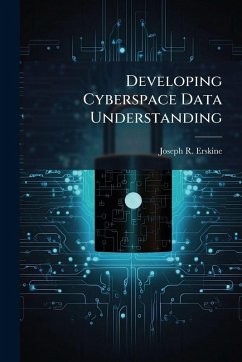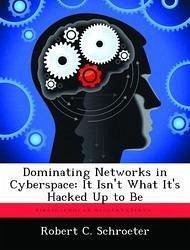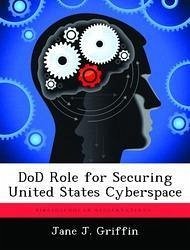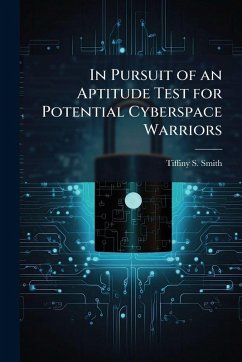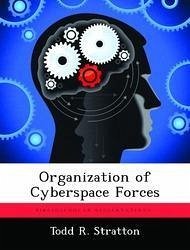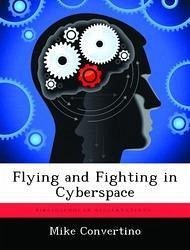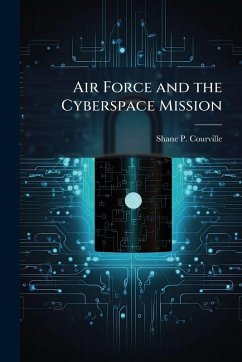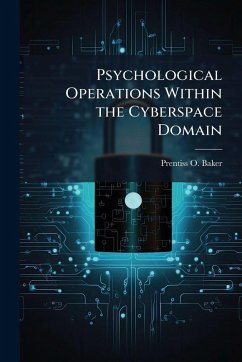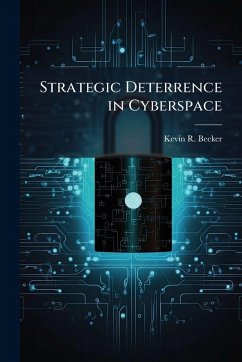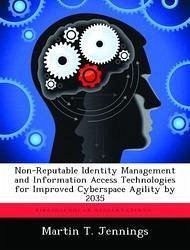
Non-Reputable Identity Management and Information Access Technologies for Improved Cyberspace Agility by 2035
Versandkostenfrei!
Versandfertig in über 4 Wochen
14,99 €
inkl. MwSt.

PAYBACK Punkte
7 °P sammeln!
The military's use of cyberspace as a warfighting domain in current operations is vulnerable to hackers and malware. Today's cyber defense strategy is based on trust and perimeter boundaries. This strategy provides the DoD with little room for strategic or tactic errors and exposes our information superiority advantages to unnecessary risk. Emerging threats are becoming more sophisticated and organized, eroding the US's asymmetric advantage in cyberspace. By 2035, the emerging threats posed by insider threats, artificial intelligence and nation-states such as China will require game-changing i...
The military's use of cyberspace as a warfighting domain in current operations is vulnerable to hackers and malware. Today's cyber defense strategy is based on trust and perimeter boundaries. This strategy provides the DoD with little room for strategic or tactic errors and exposes our information superiority advantages to unnecessary risk. Emerging threats are becoming more sophisticated and organized, eroding the US's asymmetric advantage in cyberspace. By 2035, the emerging threats posed by insider threats, artificial intelligence and nation-states such as China will require game-changing innovations to defend cyberspace. The goal of this research paper is to propose an identity management and information access solution capable of mitigating emerging threats to military cyberspace operations in the year 2035. This solution requires that eight major technical challenges be overcome. This paper answers the following question for DoD strategic planners: What technologies and programs should the DoD invest in today in order to mitigate emerging threats to freedom of action in cyberspace by 2035? It answers this question by surveying the existing operational environment and comparing that with three of the most probable emerging threats to cyber operations between now and 2035. Finally, the paper highlights a potential solution to these threats given current capabilities and uses backcasting to identify the required variables, policy changes, and technology challenges. This work has been selected by scholars as being culturally important, and is part of the knowledge base of civilization as we know it. This work was reproduced from the original artifact, and remains as true to the original work as possible. Therefore, you will see the original copyright references, library stamps (as most of these works have been housed in our most important libraries around the world), and other notations in the work. This work is in the public domain in the United States of America, and possibly other nations. Within the United States, you may freely copy and distribute this work, as no entity (individual or corporate) has a copyright on the body of the work. As a reproduction of a historical artifact, this work may contain missing or blurred pages, poor pictures, errant marks, etc. Scholars believe, and we concur, that this work is important enough to be preserved, reproduced, and made generally available to the public. We appreciate your support of the preservation process, and thank you for being an important part of keeping this knowledge alive and relevant.



